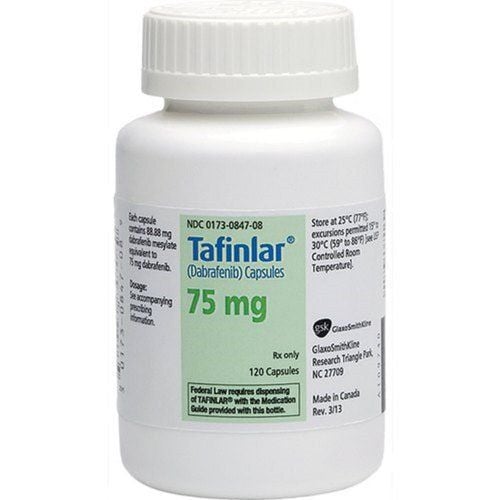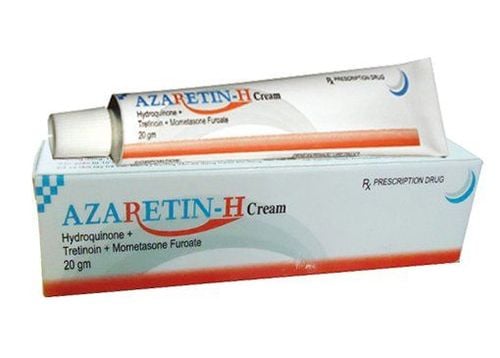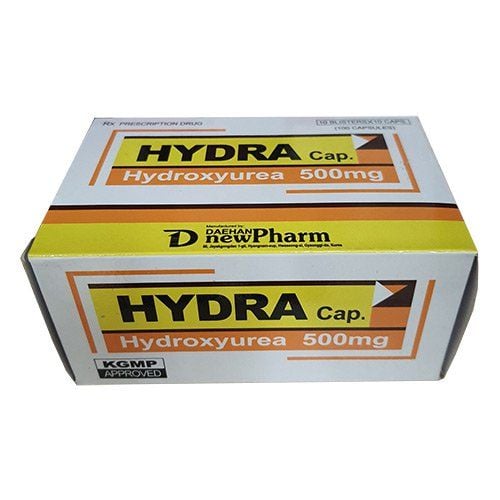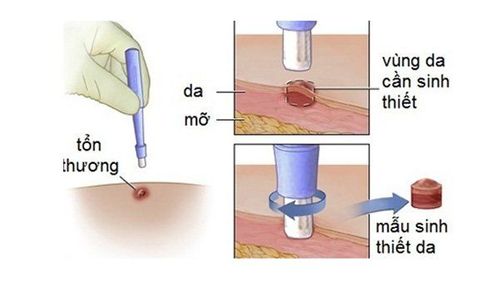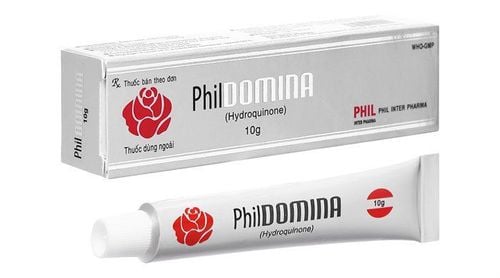This is an automatically translated article.
Moles are a group of cells that often resemble small brown spots. According to statistics, the average adult has from 10 to 45 moles on the body. Most of them are not dangerous. Some moles will disappear with age. So with atypical, irregular and irregular moles: Is your mole normal? Take a look at the specific characteristics of moles through the article below to answer the question.1. Check the mole characteristics
Start by looking at a mole and answer the following questions:Is the left side of the mole the same as the right, or is the top half the same as the bottom half? Was the mole the same size as it was when first noticed they appeared? Is the mole less than 0.6 cm in diameter? Is the mole contour clearly defined, sharp, and uniform? The color is mostly dark brown, and can be tan, brown or flesh color? If the answer is “yes” to every question, your mole is probably normal. If you answered “no” to any of the above, you should get tested. Your doctor will check to see if your mole is the problem. It is advisable to check regularly on the muscle to detect abnormalities from moles early. Use a mirror for any hard to see areas. If you have dark skin, your moles are usually darker than those of fair skinned people. Red Mole: You may see another type of growth on your skin that is red and looks like a mole, also known as a red mole. In medical terms called hemangioma. Unlike moles, hemangiomas usually don't appear until old age. These tumors are not cancerous. They are made up of a collection of small blood vessels.
2. Signs of an abnormal mole
Atypical moles are benign melanocytes with irregular and indistinct margins. The color of moles is irregular, varied, often brown and tan, forming patches or papules. Patients with atypical moles are at increased risk for melanoma.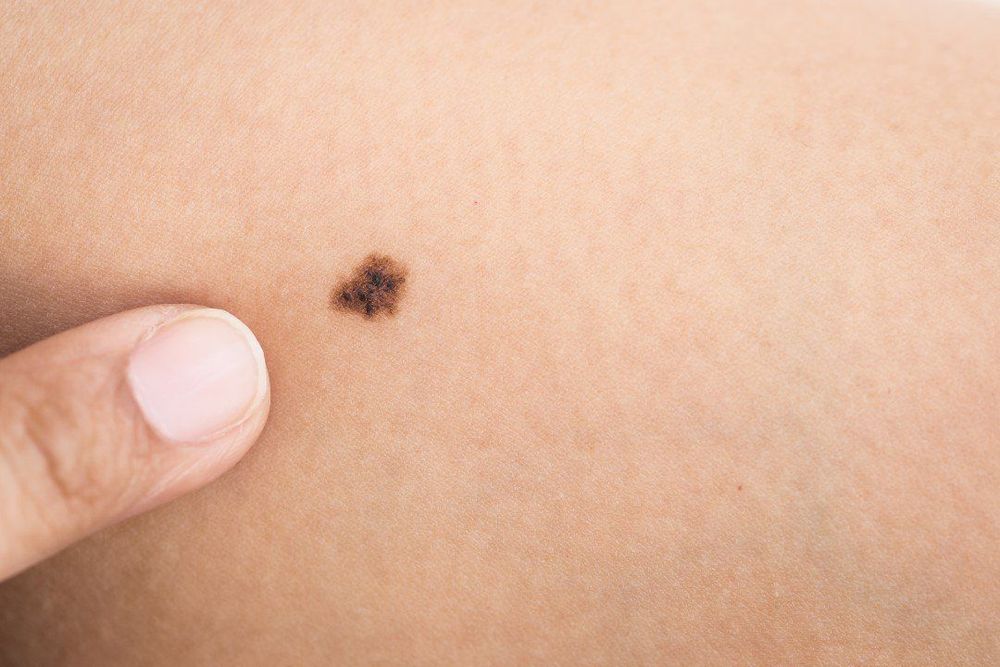
Nốt ruồi không điển hình thường có nguy cơ là u tế bào hắc tố
Itching at the mole site Pain Bleeding Swelling Another difference: After surgery or use laser to remove a normal mole, it will not grow back.
Therefore, it is necessary to have regular check-ups to detect abnormal signs early and seek medical attention early.
During the examination, the dermatologist will examine and ask some questions for information such as:
Does anyone else in the family have an abnormal mole or skin cancer? Have you noticed changes to the mole, such as its color or size? Have you ever removed another mole? Do they grow back? Is your mole recent or has it been around since childhood? Your doctor will also take a close look at your mole and decide if it needs removal. If they remove part or all of it, they can send it to a lab for testing to find out if it's cancer.
If a test, called a biopsy, shows cancer, the doctor will remove all of the mole and the small area of skin around the mole to make sure they remove all of the cancer. Then, they will stitch a small wound in your skin.
Please dial HOTLINE for more information or register for an appointment HERE. Download MyVinmec app to make appointments faster and to manage your bookings easily.
Reference source: webmd.com



